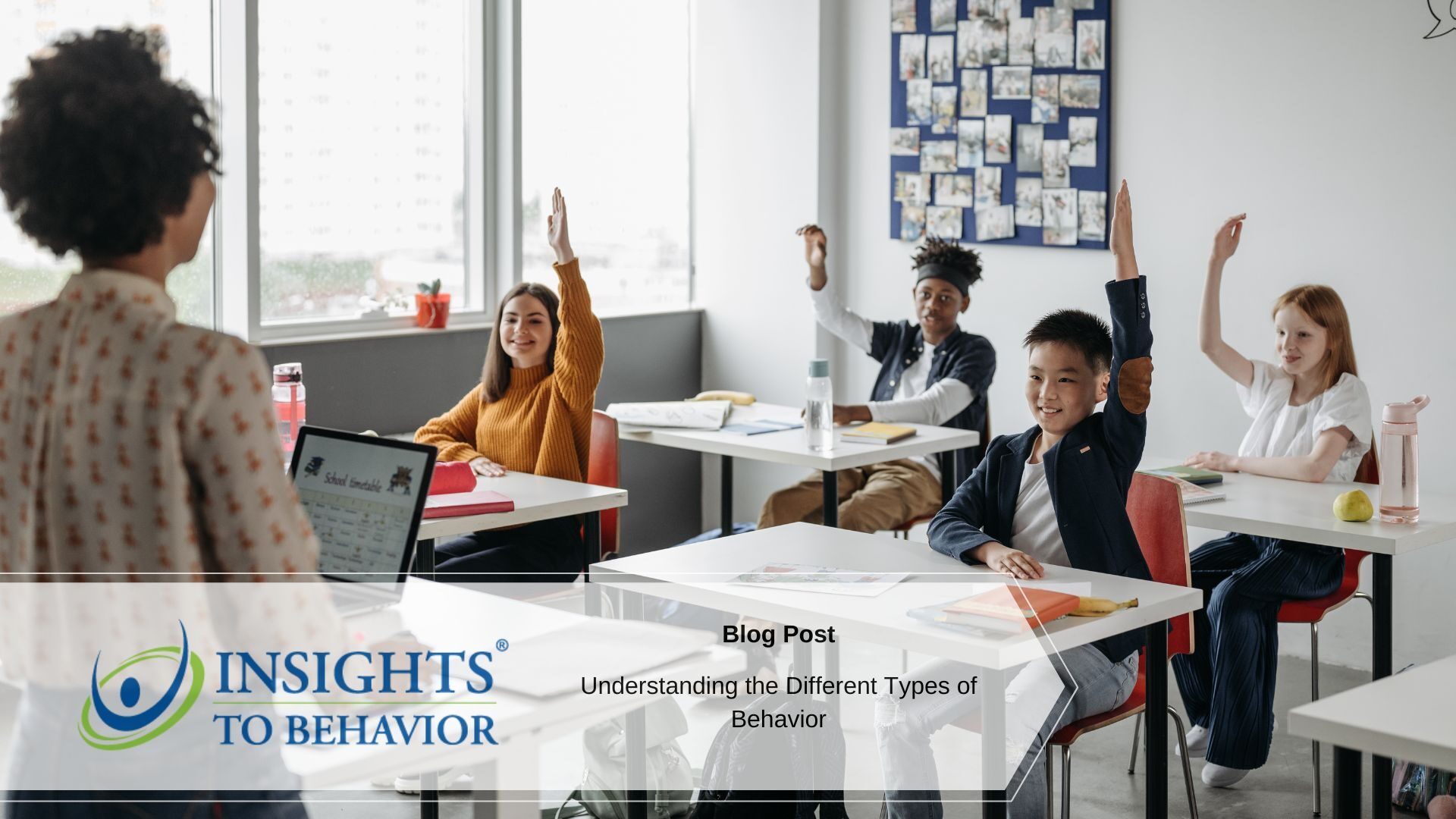The rates of student misbehavior have been climbing in recent years. This may be because mental health issues in children have also been climbing. This is why applied behavior analysis, or ABA, can be useful.
Positive reinforcement is also useful for improving behavior in both physical and virtual classroom environments. But before you can improve undesired behavior in students, you need to understand the different types of behavior and what types should not be accepted in physical or virtual learning environments.
How can you stop bad behavior once it starts? Keep reading and learn more about the different types of student behavior below.
Seeking Attention
Many students crave attention from others. They often don’t care if this attention is good or bad.
Some students may try to get attention by being noisy. Others may try to do this by engaging in bad behavior. They may also bother other students to get attention. While this may lead to being scolded, they still get the attention they want.
This can be very disruptive to the class and inconvenience everyone. But this does not mean that the child should be ignored. It is important for children, especially young ones, to get plenty of attention.
If they are deprived of this, this could lead to problematic classifications of human behavior. Consider a productive behavior management strategy to approach this problem. Counseling may be a good option for some students.
The Details
You can also give students ways to get attention with more positive approaches. If a student does a good job on their assignment, consider giving them a star sticker or something similar. This gives the student the attention and praise that they crave.
It also encourages more good behavior and makes bad behavior less likely to happen in the future. This is a great way to make sure that all students feel appreciated.
It will also improve the efficiency of the classroom. This ensures that the teaching stays on track and the students learn what they’re supposed to. There is also no need to engage in harsh management techniques such as scolding the disruptive child in front of the whole class.
This could make the problem worse. Taking a calm and collected approach to the situation is a far better choice.
Talking Out of Turn
Talking out of turn is one of the most disruptive behaviors a student can do. Talking out of turn can take many forms. A student may mock the teacher or other students.
Or the student may constantly tell jokes in class. Some students may mutter things under their breath to annoy others around them. Talking to students who do this may be enough to solve the problem.
Explain that talking out of turn is disruptive to the teacher and the whole class. This can prolong the class and make the learning experience unpleasant. Some students may have a hard time concentrating when the disruptive student keeps talking.
Students who use offensive language are especially out of line. Sending the student to a counselor may help with the issue. This can get to the root of the problem, so the student will not continue this behavior.
Strike System
You can also use a strike system in class. Write the disruptive student’s name on the chalkboard. If the student acts out once in class, put a strike next to their name.
This will act as a warning. If the student acts out again, put down another strike. This second warning may mean that the student can no longer go to recess.
If the child talks out of turn a third time, consider calling the student’s parents. Having consequences for the student’s actions will show the child that their actions are not acceptable. This will make them less likely to pursue this behavior in the future.
Meltdowns and Temper Tantrums
Young children are more likely to have meltdowns than older ones. This is because they have not yet learned to control their emotions. But older students, especially teenagers, may also have temper tantrums.
This is especially true if they have still not learned to control their emotions. Some students may have triggers that cause their meltdowns. Try to avoid these triggers, if possible.
If the trigger is something very common, it may not be possible to avoid it. Having the child talk to a counselor may help with this issue and get the child to relax. Some children may not have triggers but instead, have meltdowns when they don’t get what they want.
A student may be upset because they weren’t happy with their grade on their assignment. Or they may have a temper tantrum if a student gets a reward in class but they do not. This behavior cannot be tolerated as it seriously disrupts the class.
Try talking to the student and get them to calm down. Help them understand what they’re feeling and help them gain better control over themselves. If this doesn’t work, a counselor may have better control over the situation.
Once the student learns how to control their emotions better, they will be more pleasant to have in the class.
Applied Behavior Analysis and Student Behavior
Many types of student behaviors can be disruptive in class. Some students may be desperate for attention, while others talk out of turn to irritate others. Some may be emotionally unstable and often have temper tantrums.
Applied behavior analysis, positive reinforcement, and counseling are all great solutions. Are you ready to find new ways to improve student behavior? Check out our services and see how we can help.






